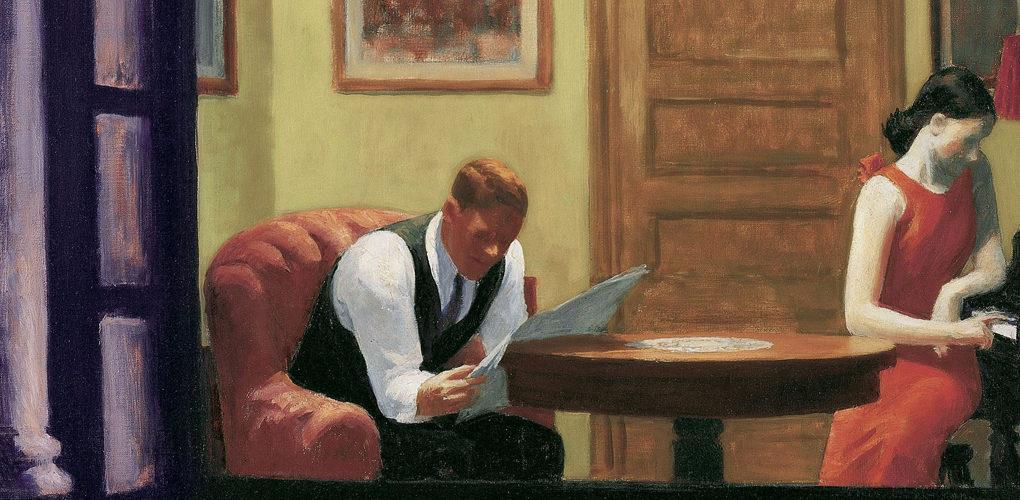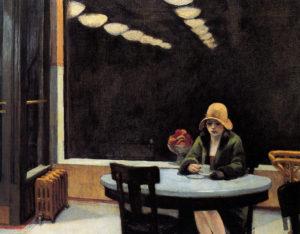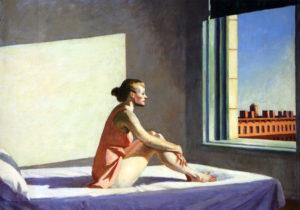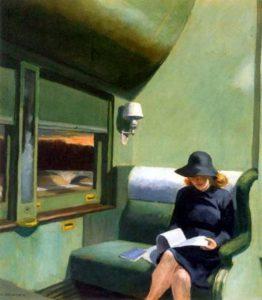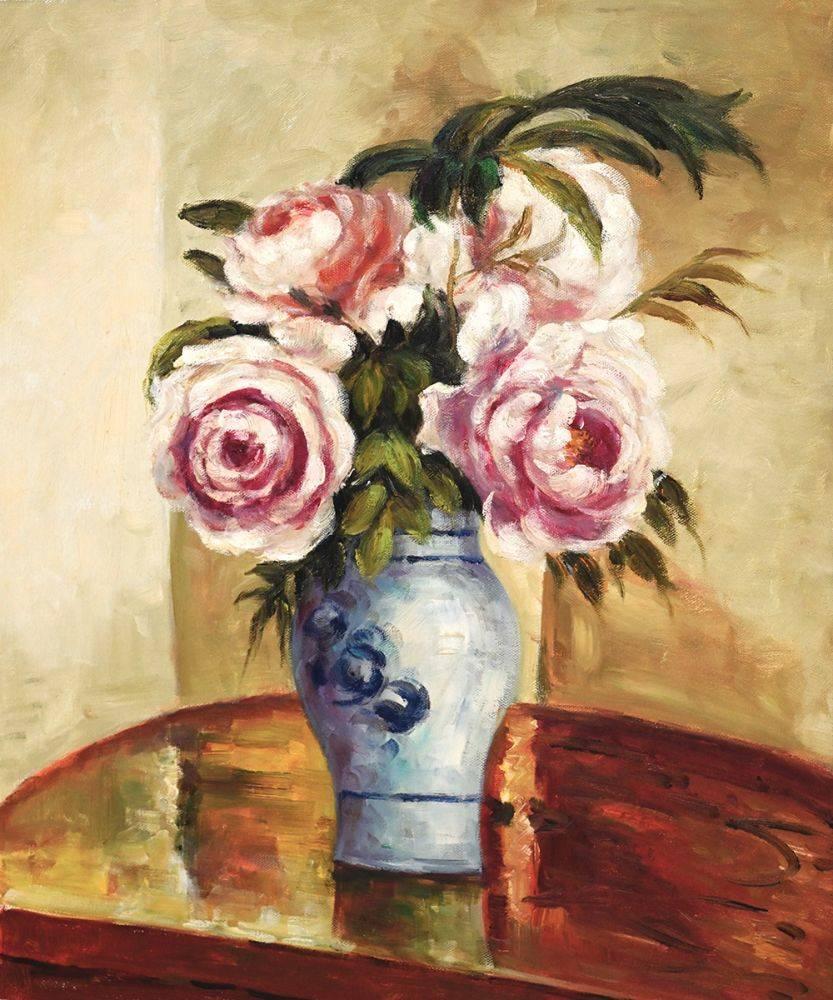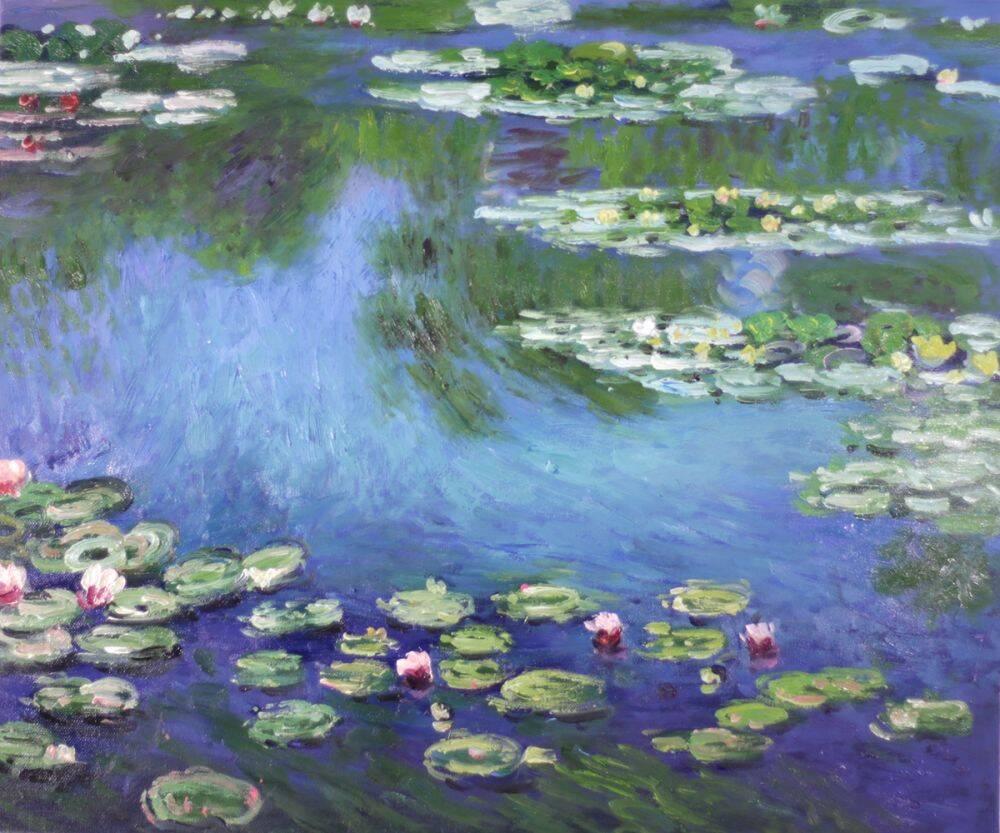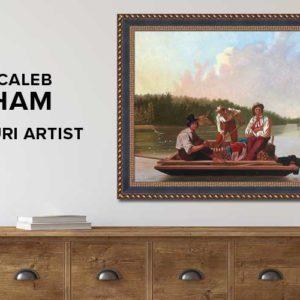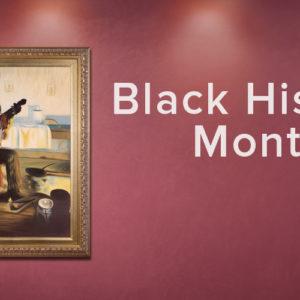Art
Art Reflections
Hopperesque: A Loud Silence
“If you could say it in words there would be no reason to paint.” – Edward Hopper
This quote by famous American artist, Edward Hopper, has prompted us to think about the meaning of expression and the many mediums this can be shown through. It has caused us to wonder what this form of art might be reflecting from the artist, whether it be a painter, dancer, or musician. Hopper was a very thoughtful and quiet person and when he did speak, it carried great meaning. So what could it be that Hopper was trying to convey through his paintings without words?
Edward Hopper was a lonely child who began in the arts at an early age with encouragement from his family. He had a brief career in illustration before he went on to pursue his career in oil painting. Although not an immediate success, his paintings were able to capture a unique mood that many had never seen before in paintings. The feelings evoked by his paintings were unfamiliar and confusing to many people, yet enchanting.
It was true that he was not able to express in words the feelings that he was trying to convey. What was it that made these paintings of standard urban life so distinctly “Hopper”? Thus, the term “Hopperesque” was coined. When looking at his paintings, your attention is drawn not to the actual subject, but rather to the emptiness and space around the subject. Subconsciously, this emptiness presents an atmosphere that embodies isolation, separation, and dissociation that makes the scene almost too real rather than ideal.
“Great art is the outward expression of an inner life in the artist…” – Edward Hopper
So what was happening in Hopper’s “inner life?” Do his paintings reflect what was happening in his mind? His paintings show this loneliness, isolation, and an uncanny lack of intimacy, even in paintings where more than one people are featured. When asked about the lack of interaction and communication between the characters in his works, he replied, “It’s probably a reflection of my own, if I may say, loneliness. I don’t know. It could be the whole human condition.”
The coining of the term Hopperesque launched a movement in the film and photography industry, causing cameramen to attempt to capture the same sharply contrasting highlights and shadows, the same uneasy emptiness, and the isolation and separation that was captured in Edward Hopper’s greatest paintings. One of the first and most famous films that this was attempted in was Alfred Hitchcock’s Psycho, where we can see this great lighting contrast, and eerie mood.
Hopper’s contribution was a great one, not only to the world of painting, but also to the entire world of art, and has creeped its way into our culture. He greatly inspired the next generation of artists to express themselves in a way that words alone could not fully describe, and to show people how the world is seen in different and more personal ways.
“The only quality that endures in art is a personal vision of the world. Methods are transient: personality is enduring.” – Edward Hopper
Read more here
